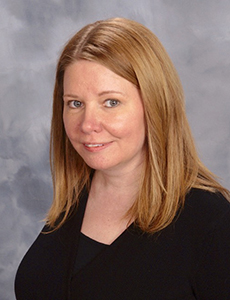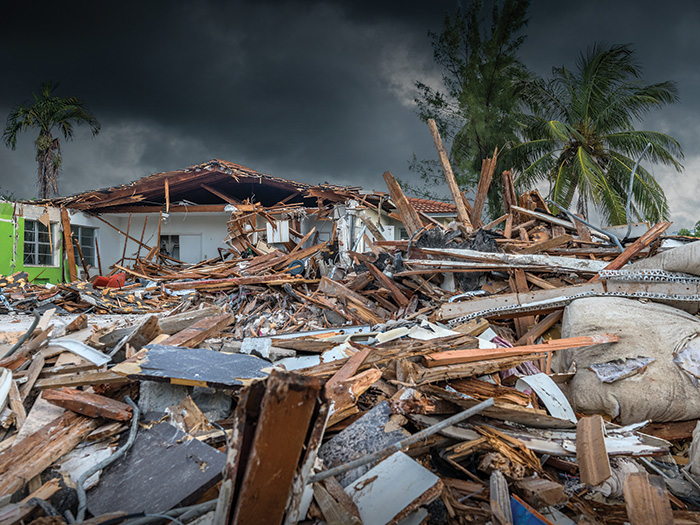Sponsored Content: Allied World
Looking to Purchase an Insurance Agency? These 5 Mistakes Could Ruin Your Acquisition.

2017 was a record-breaking year for insurance broker mergers and acquisitions. At 537 total transactions, there were 25 percent more deals compared to 2016, and seven of them were valued at $1 billion or more, according to the Deloitte report, “2018 Insurance M&A Outlook.” The report also states that activity will abate somewhat in 2018, but not by much. The first quarter of 2018 still produced the third-highest number of M&A transactions.
A number of trends are driving the ongoing consolidation in the broker market, most prominent among them is the continuing soft market due largely to excess private equity capital that shows no signs of dissipating. For brokers, consolidation has offered an opportunity to bring a greater breadth of services to clients and diversify books of business to insulate themselves from shrinking profit margins.
However, every merger or acquisition presents risk.
Blending two sets of operational policies and procedures, two distinct workflows, two information technology systems — and sometimes most importantly — two different cultures, creates plenty of opportunity for errors and omissions. Ultimately, this exposure impacts both the buyer’s and seller’s insurance agents’ professional liability (IAE&O) policies.
“With so much to focus on, one critical aspect that gets frequently overlooked is the impact of purchase and sale of IAE&S policies,” said Michelle Girardin Freimuth, Insurance Agent E&O Practice Lead, Allied World North American E&O Division. “Insurance agency buyers that fail to properly vet the structure of another broker’s IAE&O policies could find themselves lacking coverage when they need it most.”
Before closing the deal on an acquisition, here are five key professional liability coverage points brokers should review:
1. Exceeding an E&O policy’s acquisition threshold could result in additional premium charges.

Michelle Freimuth, Insurance Agent E&O Practice Lead, Allied World North American E&O Division
Many policies establish an acquisition threshold of 15 to 20 percent of the buyer’s revenue per their most recent financial statements. Under this threshold, acquisitions generally are covered by the policy without any changes in the terms and conditions. Above the threshold, however, carriers take on additional risk that warrants adjustments to the underwriting and could result either in a premium increase or more restricted coverage.
Checking the threshold proactively can avoid unpleasant surprises later in the due diligence phase or even after the acquisition is completed.
2. Failure to identify all of an acquired company’s professional services could preclude coverage.
Brokers typically provide additional services beyond binding policies, including everything from risk consulting, data and analytics capabilities, captive management and custom program development. Insurance agents’ E&O policies specifically name which individual professional services are covered.
In order for all exposures related to these services to be covered under a buyer’s going-forward policy, they must be explicitly named. Again, adding services could require changes to coverage that result in premium increases. The acquiring broker should consider whether they want to retain all the services offered by the acquired company, and how any additional services impact their risk profile.
3. Assuming additional liabilities impacts coverage needs.
An acquired company’s E&O policy might include coverage for their subsidiaries or other additional insureds. If the purchasing organization chooses not to take on those subsidiaries in the transaction, it should ensure its own policies are not providing coverage for those entities’ exposures.
“It is imperative that the purchase agreement is specific as to which entities’ liabilities will be the responsibility of the buyer versus the seller going forward,” Freimuth said.
4. Not checking coverage for prior acts can lead to unexpected claims.
Errors or omissions committed by a company prior to acquisition could come back to the buyer if the seller has not purchased an extended reporting period (ERP) on their IAE&O policy. The purchase agreement should state who will be held liable for prior acts before and after the acquisition date.
“Most policies offer an automatic extended reporting period for 60 days after the acquisition, with additional options for purchase. The terms can extend anywhere from one year to six years,” Freimuth said. “The coverage provided and the length of the ERP can have a direct impact on the buyer’s IAE&O exposure.”
Most IAE&O policies are written on a claims-made basis, so if a claim is made against the seller after the ERP has expired, the buyer will ultimately be held responsible for acts it did not commit because it will be the only entity with applicable coverage at the time.
Buyers should ask the acquisition target to purchase an ERP, and conduct a thorough review of the seller’s claims history to gain a sense of their exposure to future E&O claims. A high frequency or severity of claims could impact the buyer’s IAE&O exposure going forward and negatively impact an underwriter’s view of its professional liability risk.
5. Inattentiveness to cultural differences in risk management approaches could increase liability exposure.
A successful acquisition hinges on a seamless integration of cultures. A buyer should consider the seller’s policies and procedures around hiring, firing and workplace conduct, how it approaches cyber security, how diligently it maintains its records and how thoroughly it trains employees.
An acquired entity that was lax about its risk management controls increases exposure for the buyer that, if not addressed quickly, could lead to costly claims.
“During the transitional period when the acquired entity is integrating with the buyer and adopting its risk management behaviors, the buyer needs to pay careful attention to how the acquired staff is reacting and how well they comply,” Freimuth said. “Once they become more comfortable, that oversight can relax a little bit, but companies should still be doing periodic audits to make sure policies are being followed.”
Securing Comprehensive Professional Liability Protection
Both buyers and sellers have much to gain from a smooth and successful transaction, however, buyers bear significant exposure to E&O claims. Failure to address how this exposure will be distributed and insured can completely derail a deal.
Proactively addressing changing liabilities and coverage needs is critical to minimizing a buyer’s or seller’s risk exposure.
“Every M&A transaction is different. Any time you enter into a sale, either as a buyer or a seller, it’s paramount to reach out to your carrier as early as possible to involve them in the process,” Freimuth said.
Allied World’s underwriters are experienced with the unique challenges of brokerage mergers and acquisitions. Says Freimuth: “They combine consistency with reliability in order to eliminate the hurdles and provide comprehensive coverage to ensure that our policyholders are protected against risks endemic to their profession.”
To learn more, visit https://www.alliedworldinsurance.com/usa-professional-liability-insurance-agents.
This information is provided as a general overview for agents and brokers. Coverage will be underwritten by an insurance subsidiary of Allied World Assurance Company Holdings, GmbH, a Fairfax company (“Allied World”). Such subsidiaries currently carry an A.M. Best rating of “A” (Excellent), a Moody’s rating of “A3” (Good) and a Standard & Poor’s rating of “A-” (Strong), as applicable. Coverage is offered only through licensed agents and brokers. Actual coverage may vary and is subject to policy language as issued. Coverage may not be available in all jurisdictions. FrameWRXSM services are provided by third-party vendors via a platform maintained in Farmington, CT by Allied World Insurance Company, a member company of Allied World. © 2018 Allied World Assurance Company Holdings, GmbH. All rights reserved.
This article was produced by the R&I Brand Studio, a unit of the advertising department of Risk & Insurance, in collaboration with Allied World. The editorial staff of Risk & Insurance had no role in its preparation.










